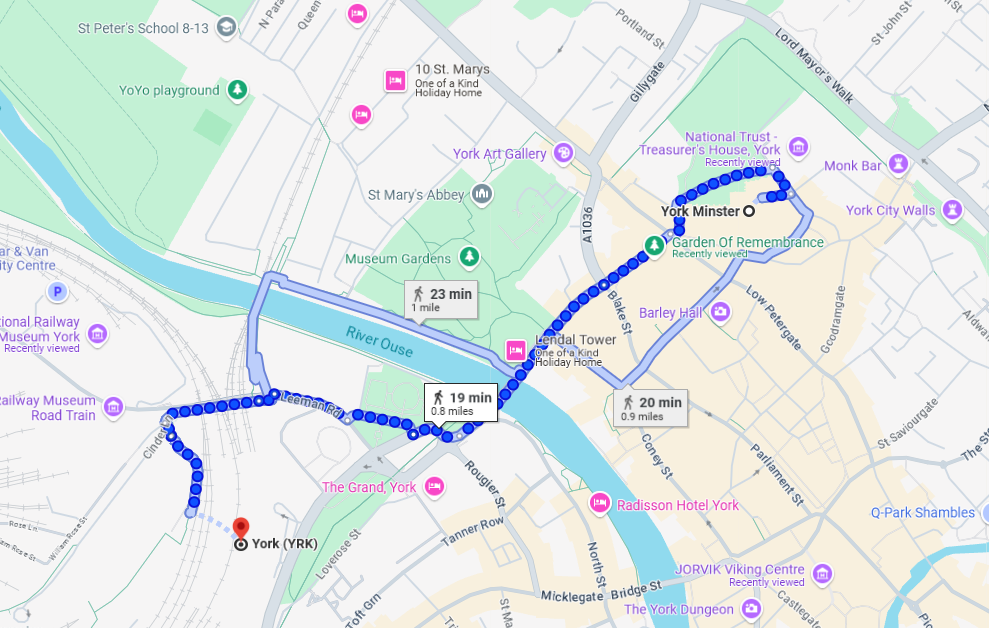Constantine the Great
Constantine I (Latin: Flavius Valerius Constantinus), also known as Constantine the Great, was a Roman emperor from AD 306 to 337 and the first Roman emperor to convert to Christianity. He played a pivotal role in elevating the status of Christianity in Rome, decriminalizing Christian practice and ceasing Christian persecution in a period referred to as the Constantinian shift. This initiated the cessation of the established ancient Roman religion. Constantine is also the originator of the religiopolitical ideology known as Constantinianism, which epitomizes the unity of church and state, as opposed to separation of church and state. He founded the city of Constantinople and made it the capital of the Empire, which remained so for over a millennium.
Although Constantine lived much of his life as a pagan and later as a catechumen, he began to favour Christianity beginning in 312, finally becoming a Christian.
He began his career by campaigning in the eastern provinces (against the Persians) before being recalled in the west (in AD 305) to fight alongside his father in the province of Britannia. After his father's death in 306, Constantine was proclaimed as augustus (emperor) by his army at Eboracum (York, England). He eventually emerged victorious in the civil wars against emperors Maxentius and Licinius to become the sole ruler of the Roman Empire by 324.
Constantine's share of the empire consisted of Britain, Gaul, and Spain, and he commanded one of the largest Roman armies which was stationed along the important Rhine frontier. He remained in Britain after his promotion to emperor, driving back the tribes of the Picts and securing his control in the northwestern dioceses. He completed the reconstruction of military bases begun under his father's rule, and he ordered the repair of the region's roadways. He then left for Augusta Treverorum (Trier) in Gaul, the Tetrarchic capital of the northwestern Roman Empire.
en.wikipedia.org


























